The AccessArt Primary Art Curriculum User Survey October 2023
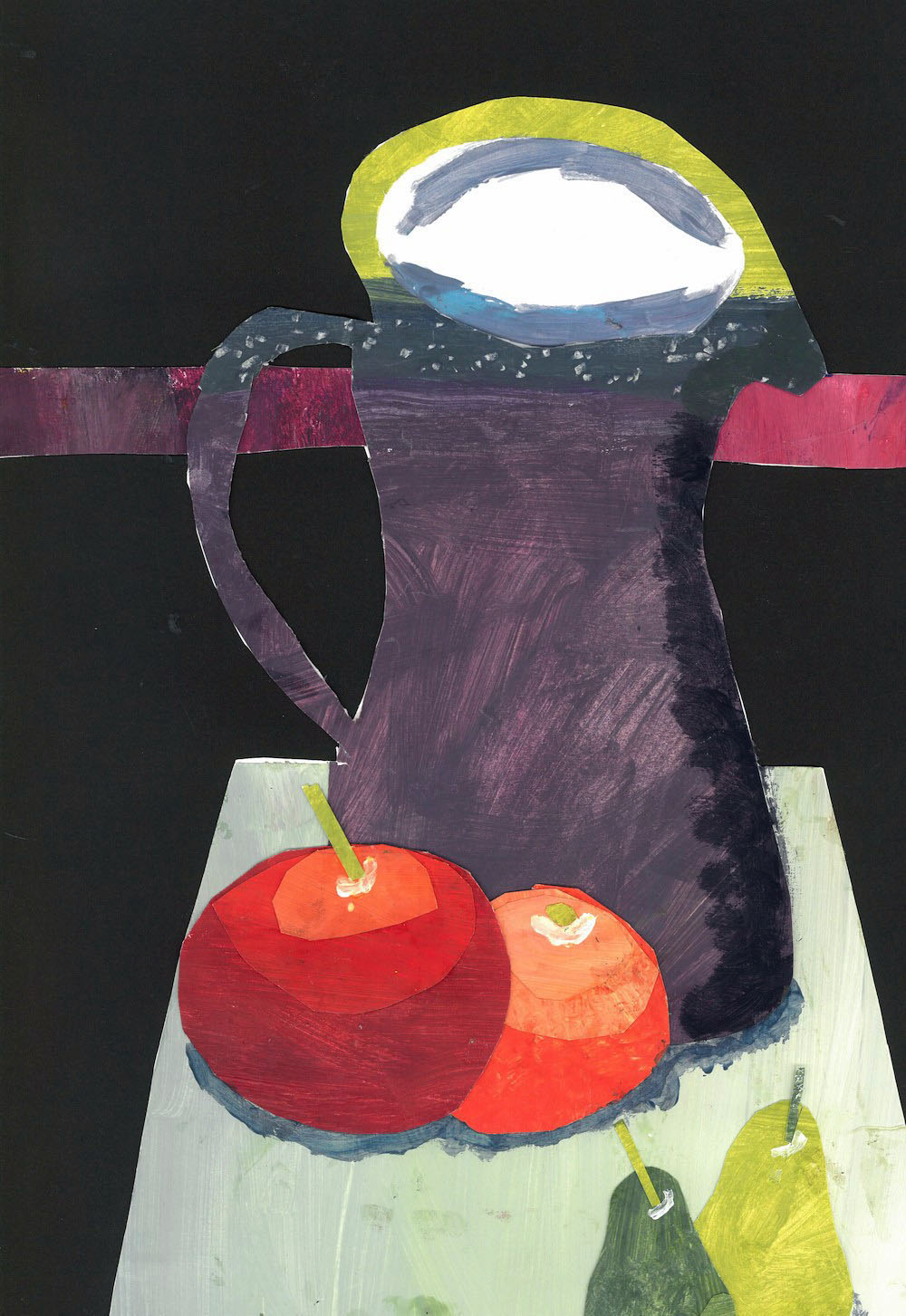
In the summer of 2023, a year on from the launch of the AccessArt Primary Art Curriculum, we conducted this survey to invite users to feedback their experiences of using the resources so far.
You can find everything you need to know about the AccessArt Primary Art Curriculum here. The survey did not include feedback to the EYFS element of the Curriculum, though many respondents mentioned the benefits of this addition in their qualitative responses.
A total of 447 people completed the survey – thank you to all those who took the time. We hope you find this summary useful.
You can find a a pdf of the report here including an appendix of qualitative feedback.
How do Schools Use AccessArt?
How is AccessArt Being Used Across Schools?
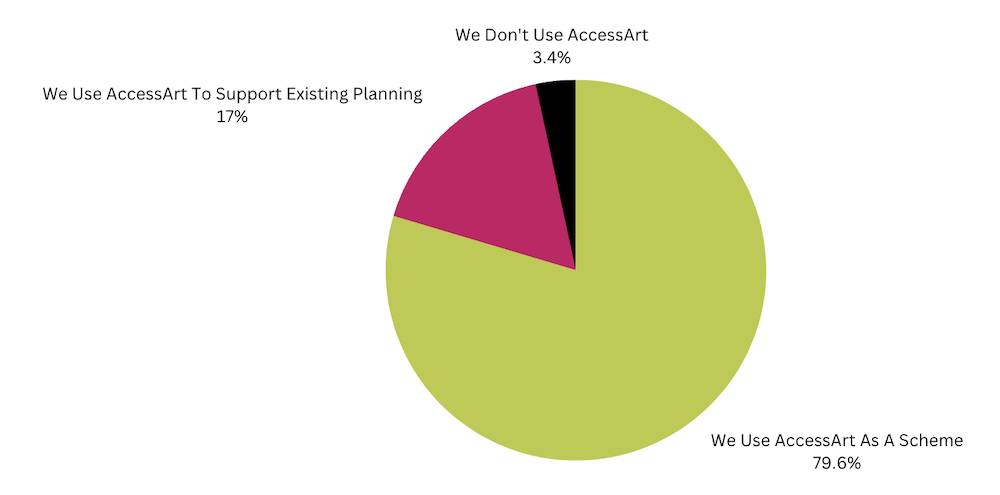
The majority of respondents use AccessArt as a scheme, with a smaller percentage using our resources to support their own planning or to extend the resources of other schemes such as Kapow.
How Large is Your School?
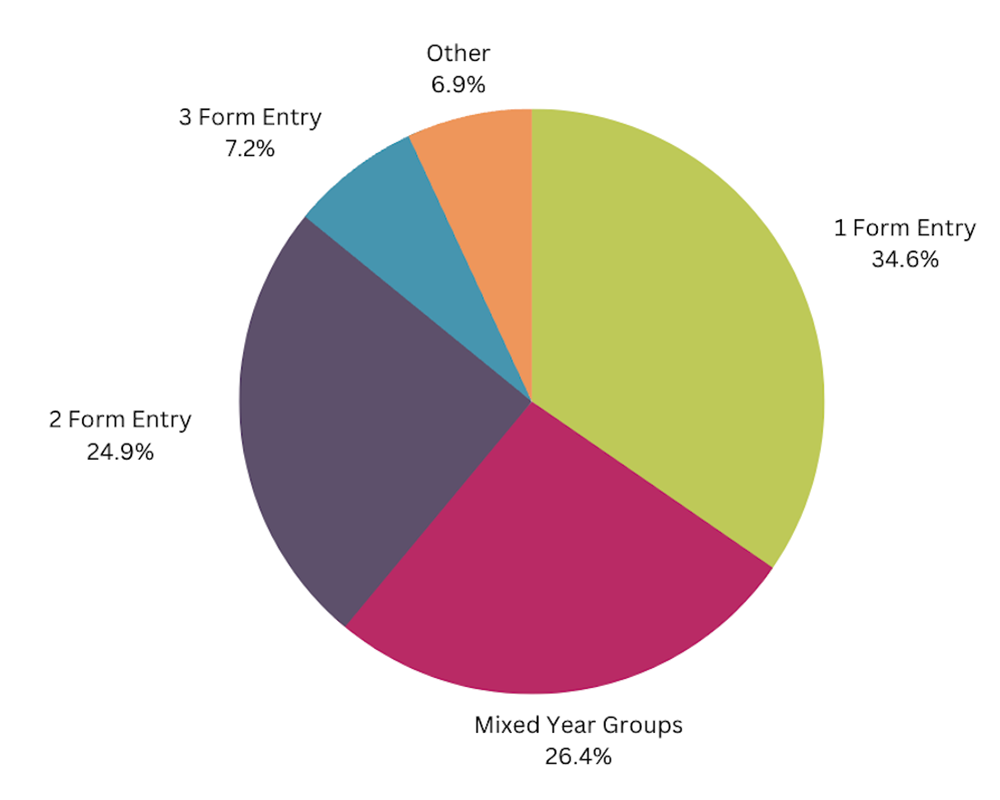
How Long has Your School Been Using AccessArt?
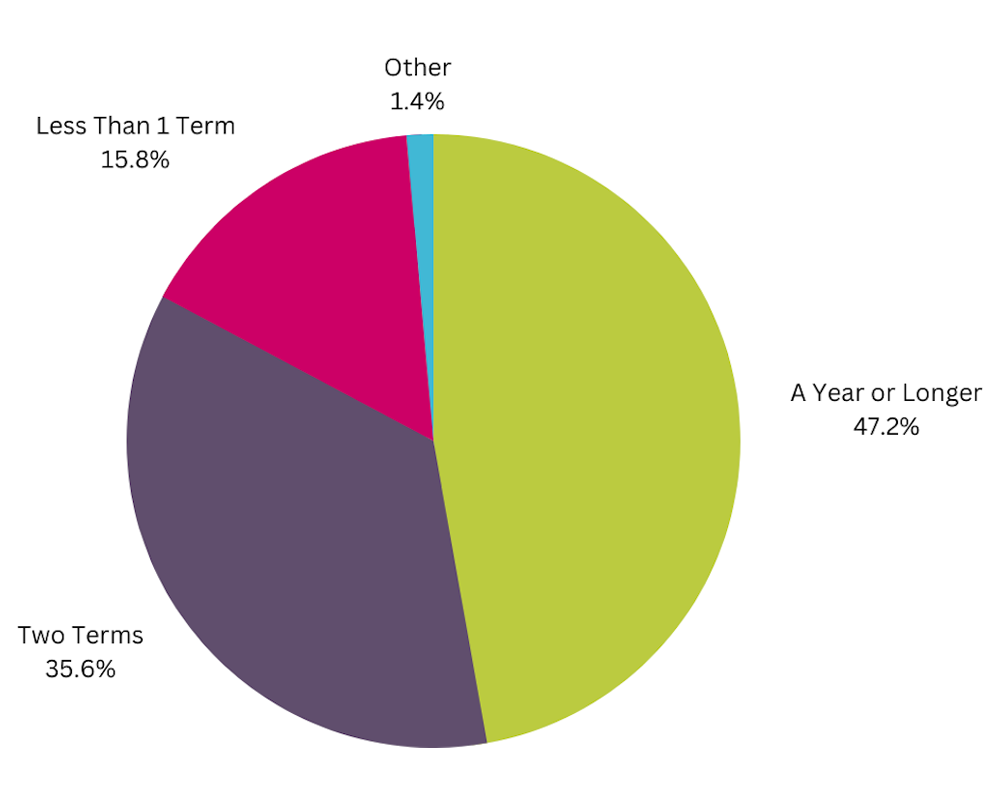
The smallest school that uses AccessArt as a scheme has just 18 pupils.
The majority of schools are 1 form entry and a significant number teach in mixed year groups.
AccessArt Primary Art Curriculum Versions
We offer four versions of the Curriculum: the Full (36 pathways based upon one week of art each week), the Split (for schools who alternate Art with DT), the Mixed (for schools teaching art full time in mixed year group classes), and the Split & Mixed (for schools teaching in mixed year group classes and alternating with DT).
Interestingly, and a clear indicator of the pressures on schools across the timetable, the single largest sector of schools use
our Split Curriculum. This may also be an indicator of the flexibility of our Curriculum for schools working in this way.
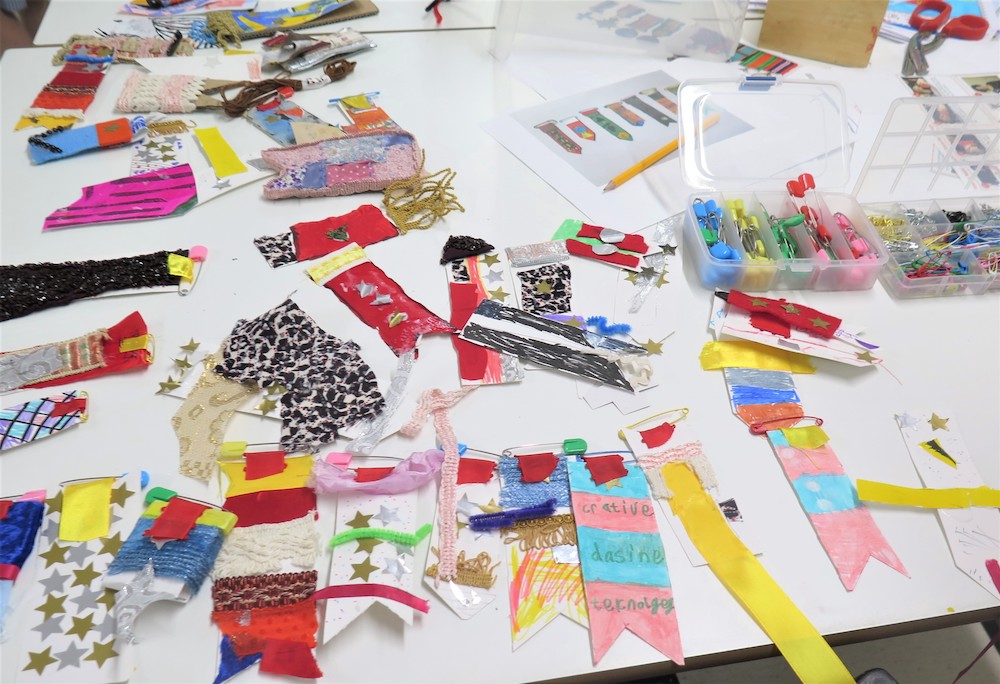
Which Curriculum is Used by Schools?
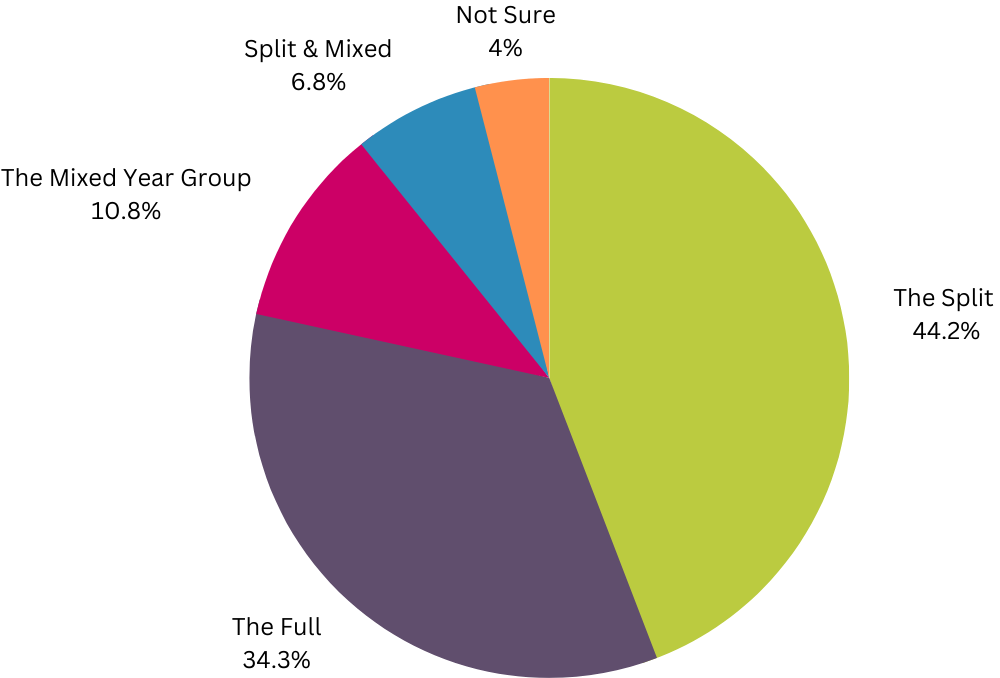
Some schools did comment that using the Split Curriculum successfully
in their school had strengthened their argument to move art to a full time basis; clear evidence that if we can create an enthusiasm for art in schools amongst teachers and pupils, and demonstrate its purpose and relevance, then we can create a demand.
When making choices about which scheme to use, it is vital that teachers choose a scheme whose ethos matches or informs that of the school.
The Pathways, Creative Ethos, flexibility and adaptability all scored highly as reasons teachers choose AccessArt. The Curriculum also comes highly recommended by other teachers and trusts.
Why do Schools Choose AccessArt?
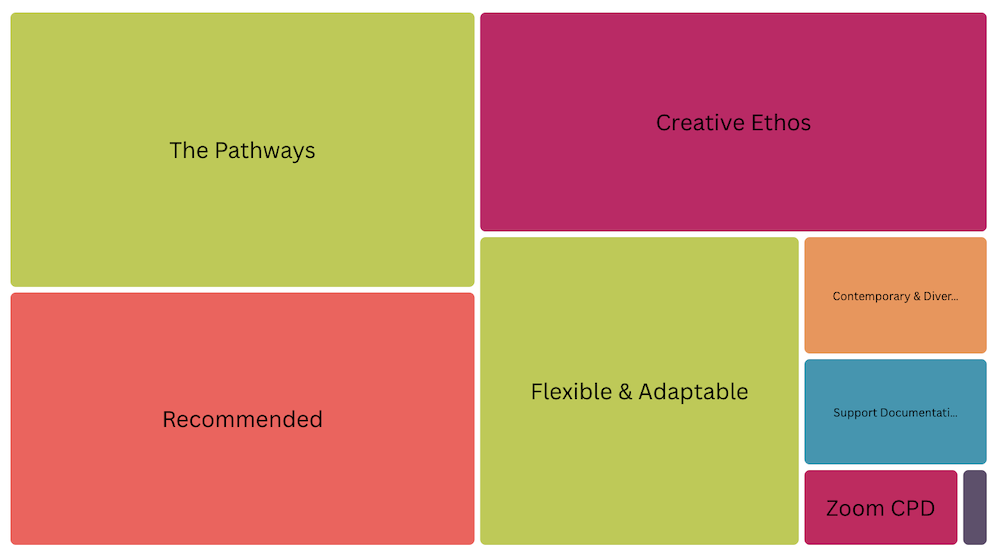
Impact Upon Teaching
We are thrilled to see dramatic increases in staff experience, confidence, and enthusiasm in teaching art after just a short time of using our resources, as perceived by the Art Lead.
Staff Before AccessArt
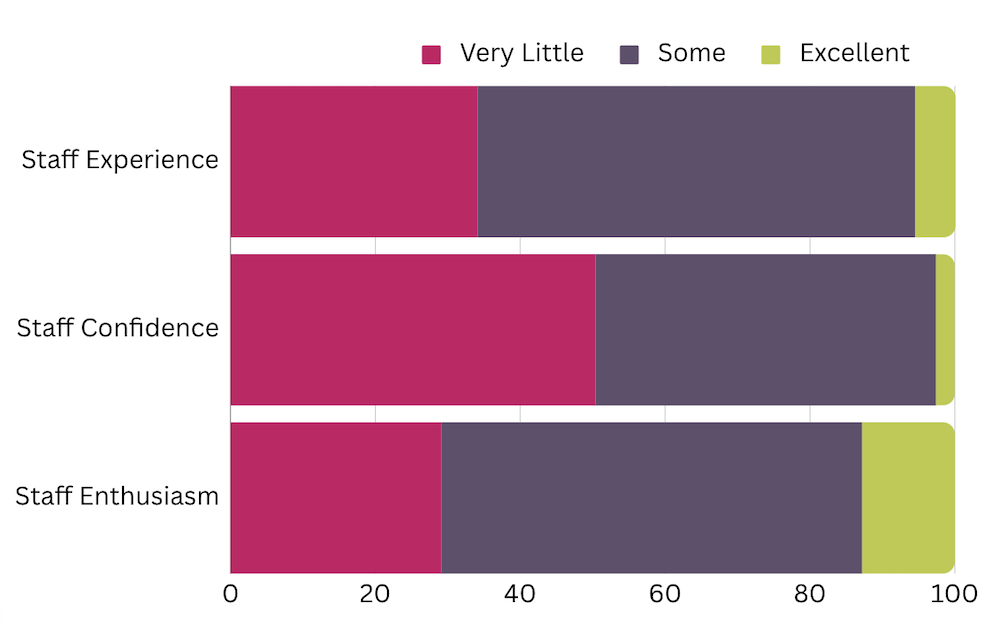
Staff After AccessArt
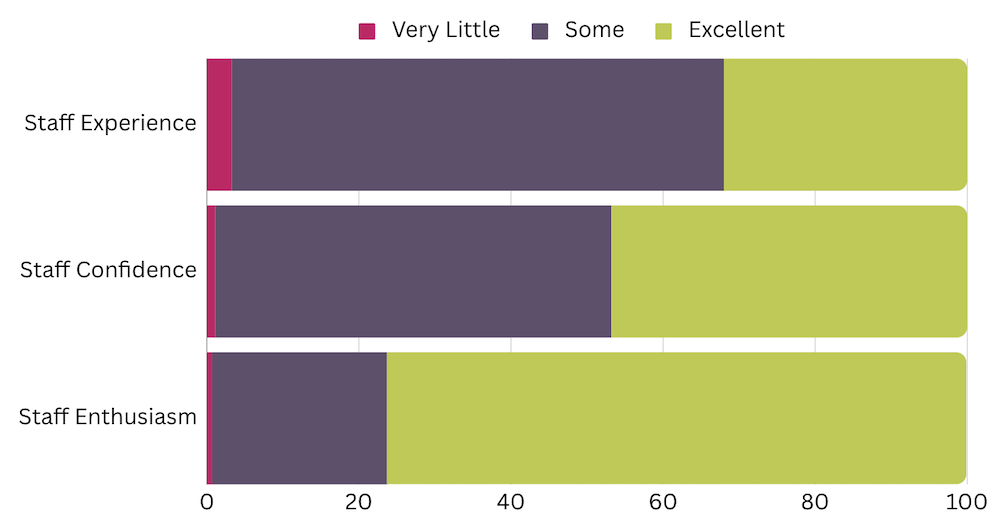
Over 67% of respondents feel that their arts curriculum is now more diverse, contemporary and relevant, and therefore there was more appreciation for art as a valuable subject in their school. Over 66% of teachers feel that they now have a clear structure from which to explore art, and that they understand how their teaching fitted into the bigger picture in school. 62% of teachers have a better understanding of the importance of an open-ended exploratory approach and how to enable this kind of learning.
Class teachers reflected upon changes to their own understanding, with 47% / 49.4% teachers agreeing / strongly agreeing that their confidence had increased, 39% / 58.5% of teachers agreeing / strongly agreeing that they felt more enthusiasm to teach art, and 50% / 45.1 agreeing / strongly agreeing / that their understanding in teaching art had increased.
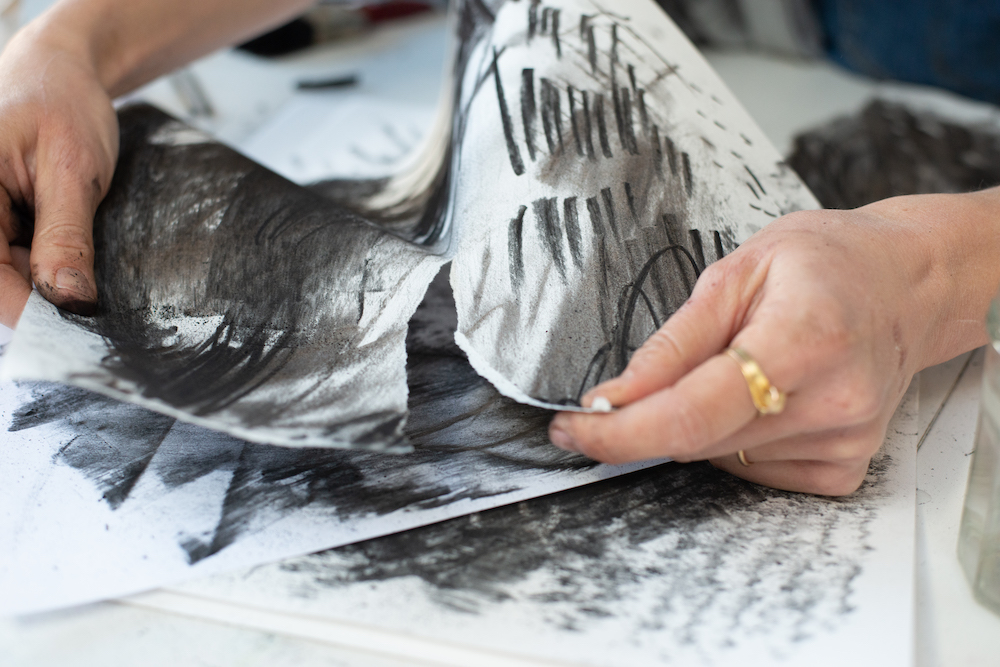
Impact Upon Teachers
65% of teachers responded saying they felt using our resources had helped them feel more connected to their own creativity.
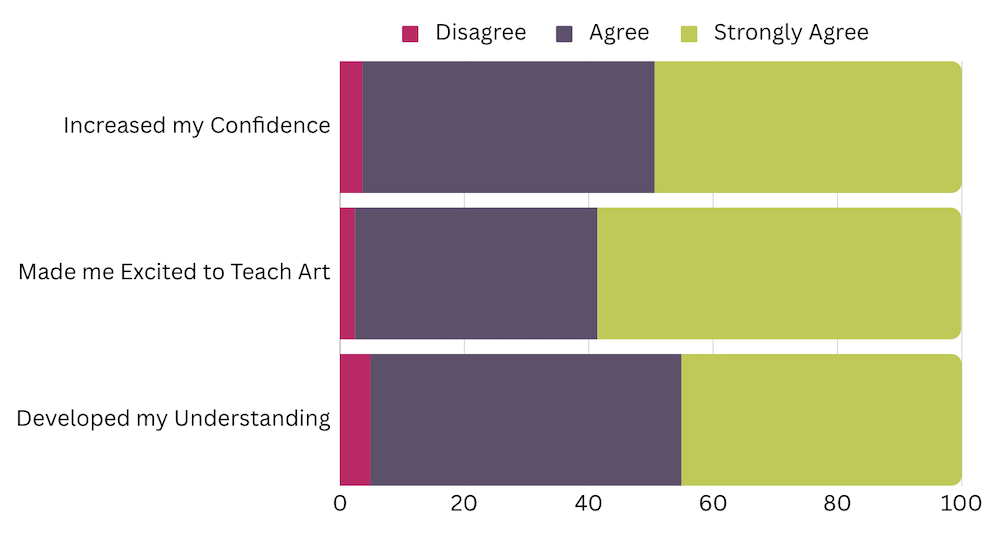
Adaptability
Over 68% found it easy to adapt the Pathways to their pupils / needs.
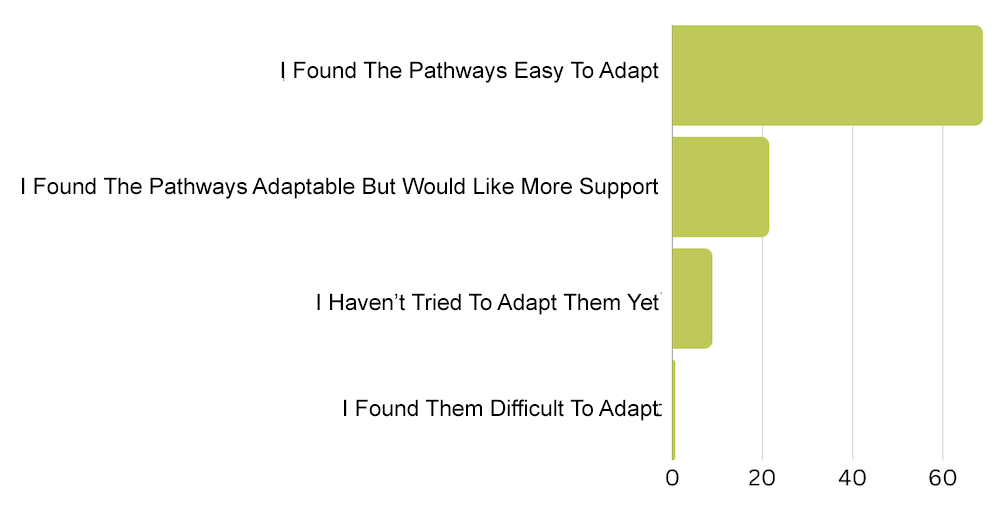
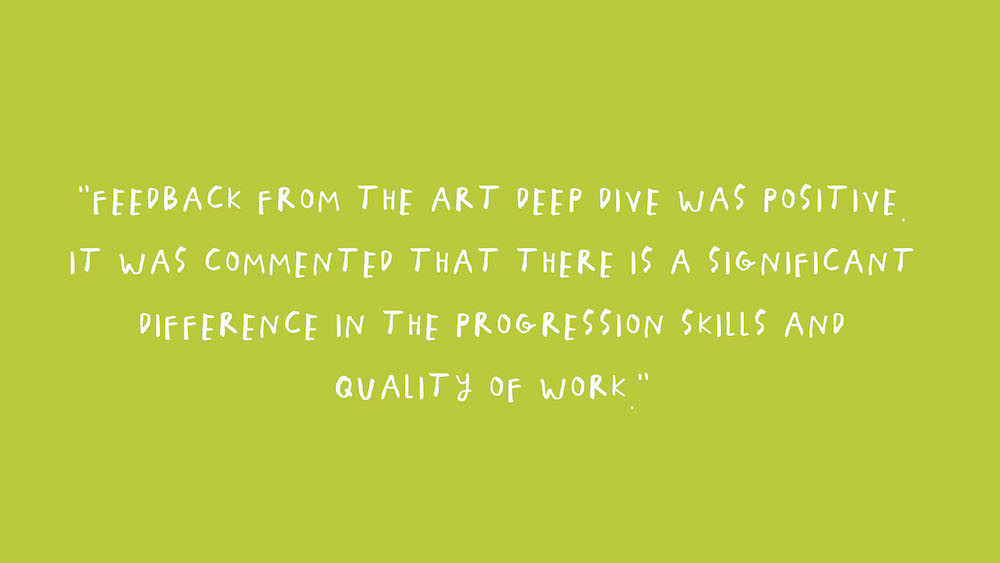
Ofsted
Of those who answered, 26% were due for an Ofsted Visit imminently and 13% had just been visited. AccessArt will be inviting teachers to submit experiences to share on AccessArt.
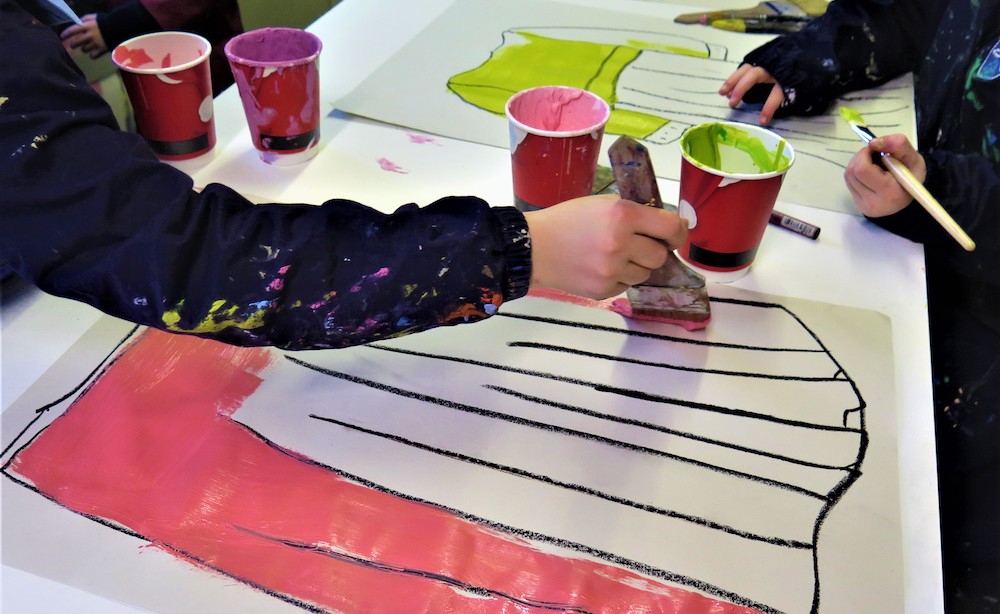
Impact on Children
As with the teachers, we saw large increases in confidence, enthusiasm, skills and knowledge from the children, as perceived by the teachers. This is especially heartening to hear given the short amount of time most schools have been using AccessArt. We expect these increases to compound over time as children are exposed to AccessArt approaches and pathways each year.
Pupils Before Using AccessArt
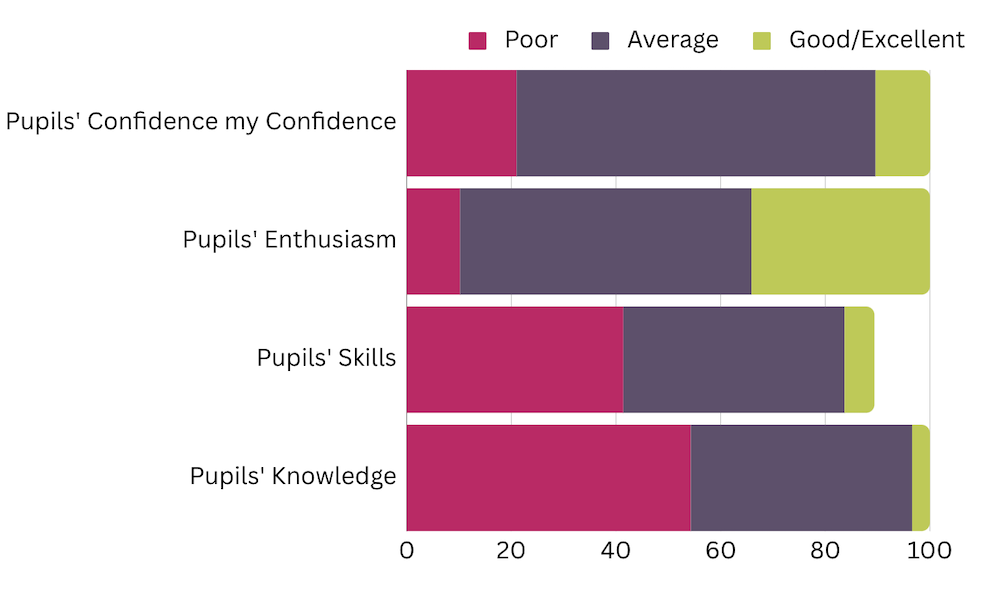
Pupils After Using AccessArt
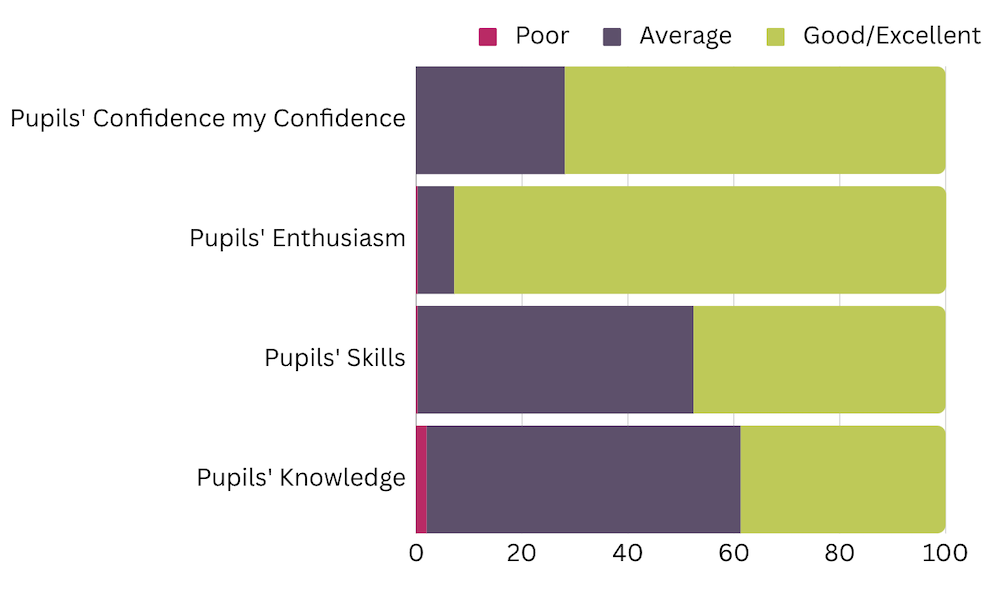
Skills and Knowledge
Teachers report demonstrable growth in skills and knowledge relating to drawing (77.4%), sketchbooks (71.9%), painting, printmaking & collage (45.5%) and sculpture (45.5%), amongst others. These figures follow the emphasis in weight given to these areas in the Pathways with drawing and sketchbooks underpinning all creative activity.
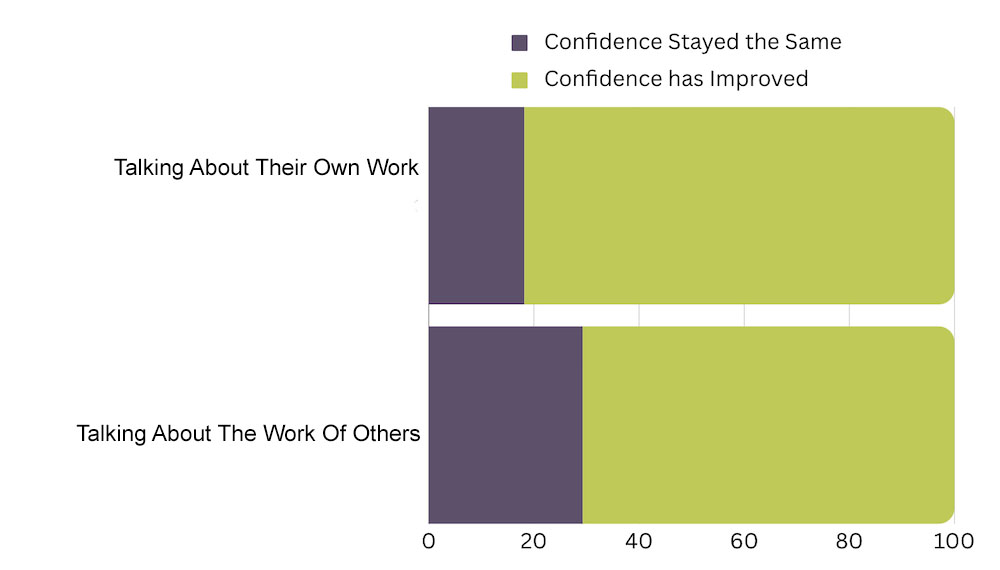
Oracy
Oracy skills have dramatically improved.
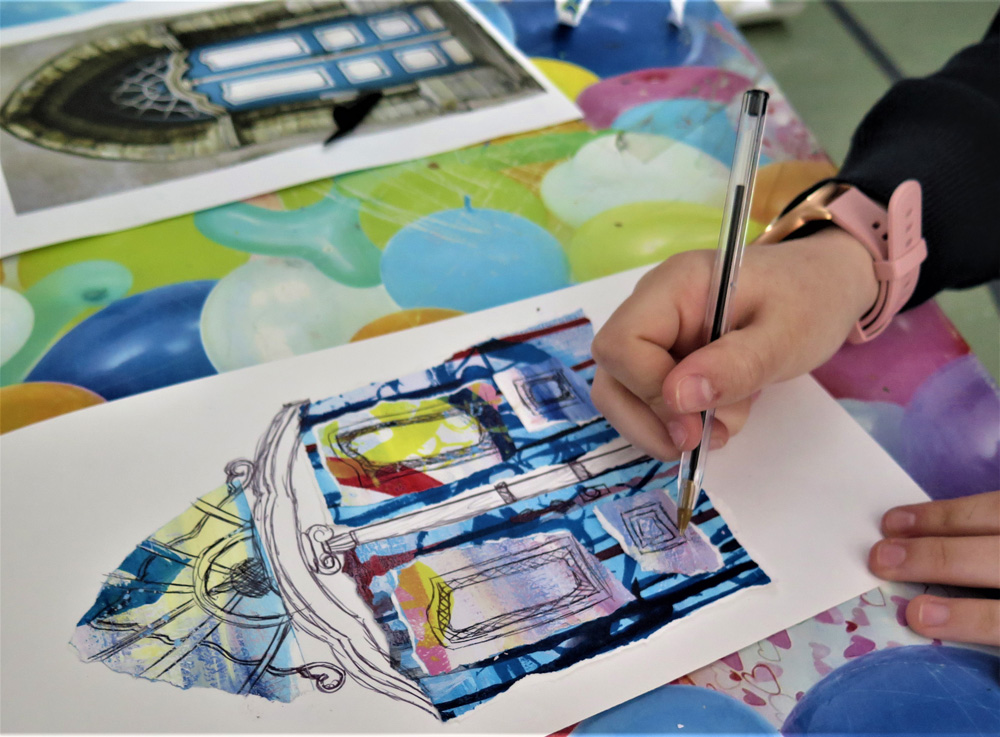
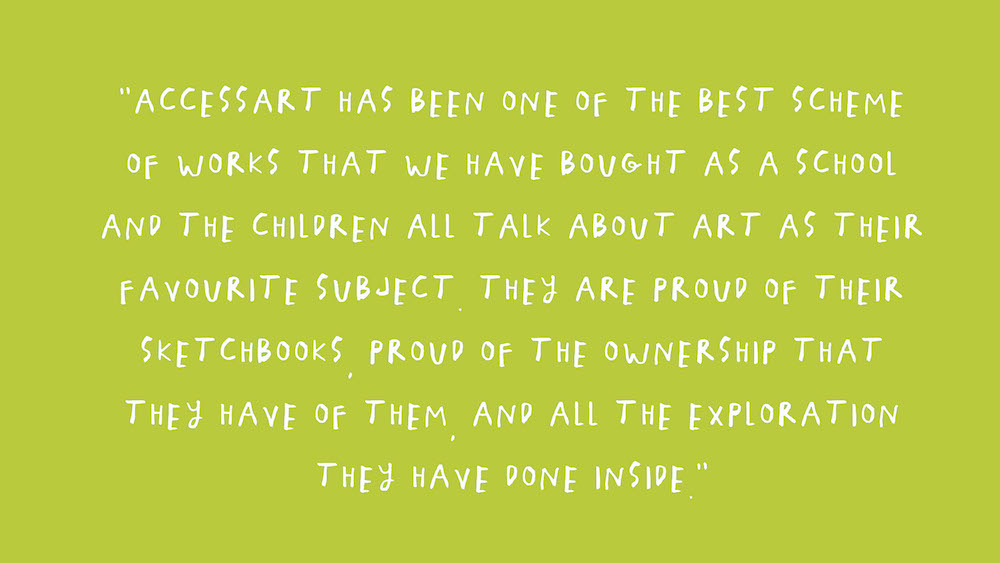
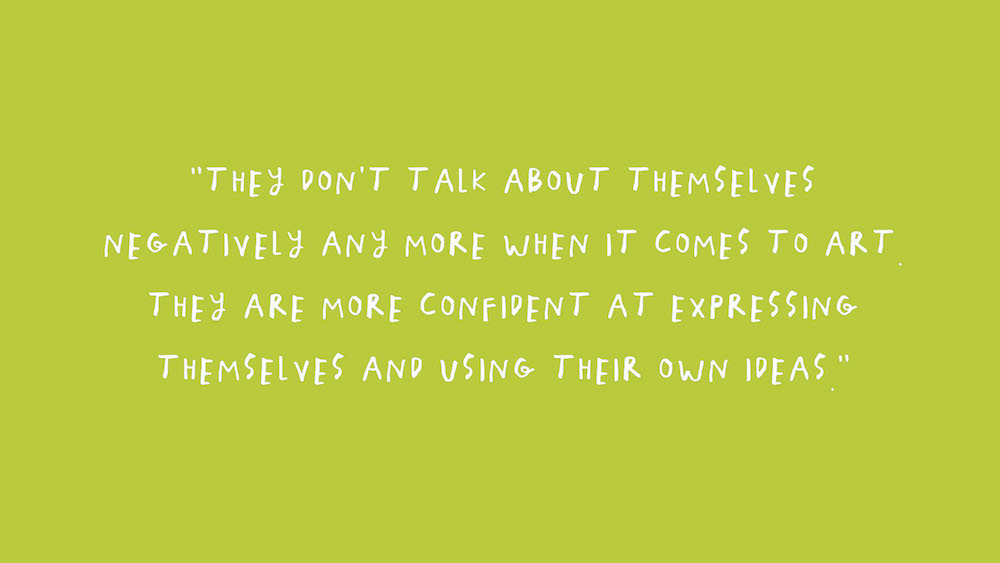
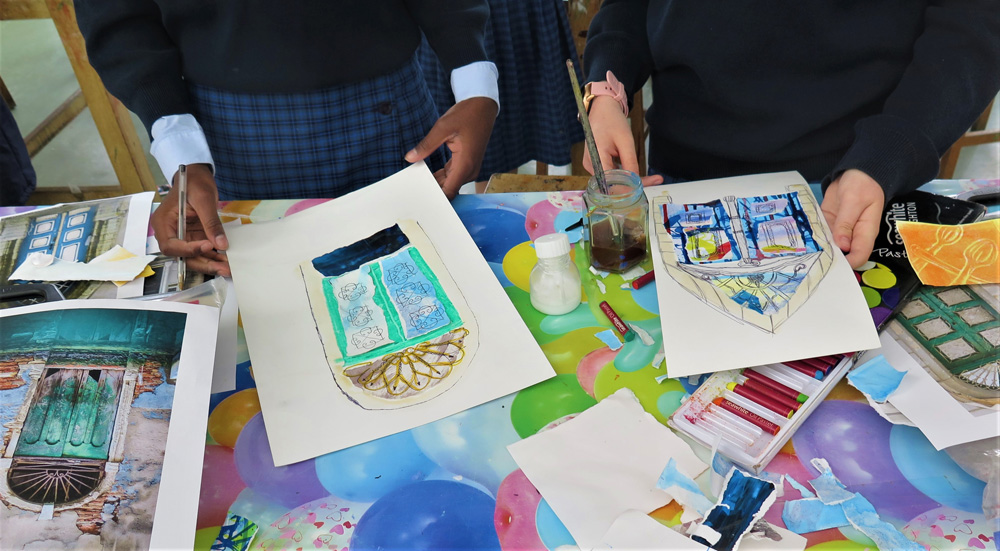
Behaviours
The AccessArt Primary Art Curriculum
is a holistic curriculum, and teachers reported the following behaviours had been developed through Curriculum use:
-
Enjoyment of Exploring 92.8%
-
Willingness to Take Creative Risks
82.1%
-
Sharing Ideas 60.7%
-
Pleasure in Discovery 60.1%
-
Opening of Minds 50%
-
Listening to Others 38.2%
-
Sense of Identity 28.9%
